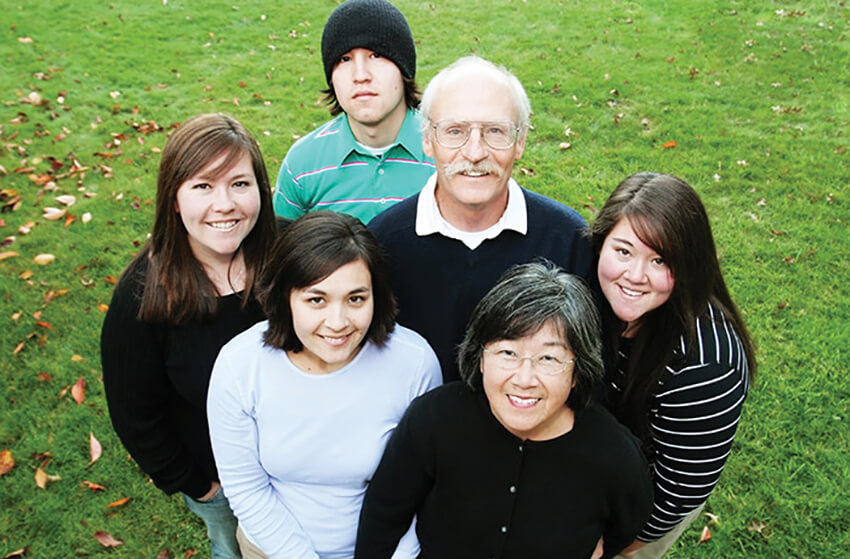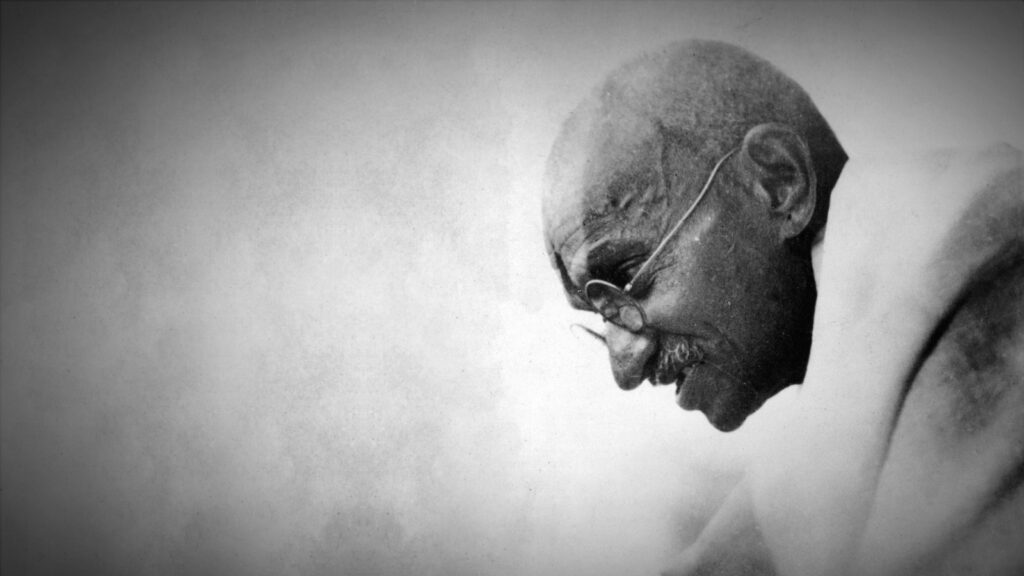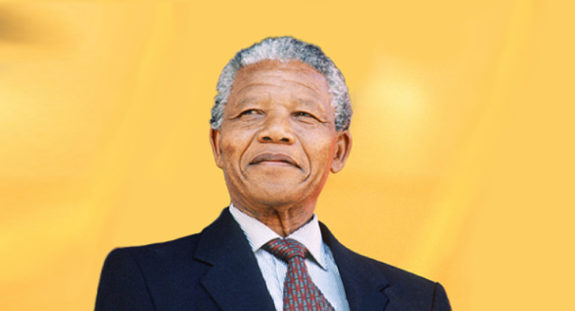Religious Tourism
KEDARNATH TEMPLE
Kedarnath Temple (Sanskrit: केदारनाथ मंदिर, IAST: Kēdāranātha Mandira, lit. ’temple of the God of the field’) is a Hindu temple, one of the twelve jyotirlinga of Shiva. The temple is located on the Garhwal Himalayan range near the Mandakini river, in the state of Uttarakhand, India. Due to extreme weather conditions, the temple is open to the general public only between the months of April (Akshaya Tritiya) and November (Kartik Purnima, the autumn full moon). During the winters, the vigraha (deity) of the temple is carried down to Ukhimath to be worshipped for the next six months. Kedarnath is seen as a homogeneous form of Shiva, the ‘Lord of Kedarkhand’, the historical name of the region.
The temple is not directly accessible by road and has to be reached by a 22 kilometres (14 mi) uphill trek from Gaurikund. Pony, mule and manchan service is available to reach the temple. According to Hindu legends, the temple was initially built by the Pandavas, and is one of the twelve Jyotirlingas, the holiest Hindu shrines of Shiva. The Pandavas were supposed to have pleased Shiva by doing penance in Kedarnath. The temple is one of the four major sites in India’s Chota Char Dham pilgrimage of Northern Himalayas and is the first of the Panch Kedar pilgrimage sites. This temple is the highest among the 12 Jyotirlingas. It is one of the 275 paadal petra sthalams expounded in the Tevaram, a sacred Tamil Shaivite text written during the 6th and 7th centuries by 63 saints called Nayanars. This temple is sung of by Thirugnanasambandar, Appar, Sundarar and Sekkizhar in their Tevaram texts.

RAM TEMPLE
Ram Temple is an important Hindu temple currently under construction in Ayodhya , Uttar Pradesh , India . Its sanctum sanctorum and first floor were ready in January 2024 and on January 22, 2024, the idol in the child form of Shri Ram was consecrated .This temple is situated at the place which is considered to be the birthplace of Ram, the main deity of Hinduism . Earlier, the site housed the Babri Masjid, which was constructed after demolishing an existing un-Islamic structure, which was later demolished. In 2019, the Supreme Court of India ruled on the disputed land , stating that the land belongs to Hindus and a Ram temple can be built on it. Muslims will be given a separate piece of land to build a mosque. The court cited as evidence a report by the Archaeological Survey of India (ASI), which cited evidence suggesting the presence of a non-Islamic structure beneath the demolished Babri Mosque. Bhoomipujan to begin the construction of Ram temple was performed on 5 August 2020. The temple currently under construction is being maintained by Shri Ram Janmabhoomi Teerth Kshetra Trust. The inauguration of the temple is scheduled for 22 January 2024.

GOLDEN TEMPLE
The Golden Temple (also known as the Harmandir Sahib (lit. ’House of God’, Punjabi pronunciation: [ɦəɾᵊmən̪d̪əɾᵊ saːɦ(ɪ)bᵊ]), or the Darbār Sahib, (lit. ”exalted court”, [d̪əɾᵊbaːɾᵊ saːɦ(ɪ)bᵊ] or Suvaran Mandir) is a gurdwara located in the city of Amritsar, Punjab, India. It is the pre-eminent spiritual site of Sikhism. It is one of the holiest sites in Sikhism, alongside the Gurdwara Darbar Sahib Kartarpur in Kartarpur, and Gurdwara Janam Asthan in Nankana Sahib. The man-made pool on the site of the temple was completed by the fourth Sikh Guru, Guru Ram Das, in 1577. In 1604, Guru Arjan, the fifth Sikh Guru, placed a copy of the Adi Granth in the Golden Temple and was a prominent figure in its development. The gurdwara was repeatedly rebuilt by the Sikhs after it became a target of persecution and was destroyed several times by the Mughal and invading Afghan armies. Maharaja Ranjit Singh, after founding the Sikh Empire, rebuilt it in marble and copper in 1809, and overlaid the sanctum with gold leaf in 1830. This has led to the name the Golden Temple. The Golden Temple is spiritually the most significant shrine in Sikhism. It became a centre of the Singh Sabha Movement between 1883 and the 1920s, and the Punjabi Suba movement between 1947 and 1966. In the early 1980s, the gurdwara became a centre of conflict between the Indian government and a radical movement led by Jarnail Singh Bhindranwale. In 1984, Prime Minister Indira Gandhi sent in the Indian Army as part of Operation Blue Star, leading to deaths of more than 1,000 soldiers, militants and civilians, as well as causing much damage to the gurdwara and the destruction of Akal Takht. The gurdwara complex was rebuilt again after the 1984 damage.
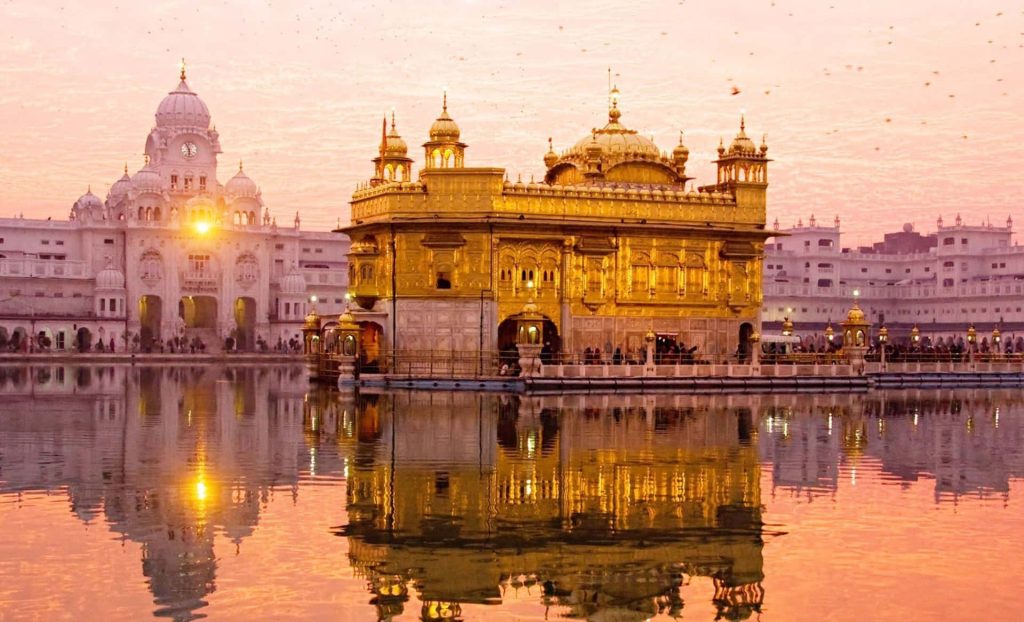
VENKATESWARA TEMPLE
The Sri Venkateswara Swami Temple is a Hindu temple situated in the hills of Tirumala at Tirupati in Tirupati district of Andhra Pradesh, India. The temple is dedicated to Venkateswara, a form of Vishnu, who is believed to have appeared on the earth to save mankind from trials and troubles of Kali Yuga. Hence the place has also got the name Kaliyuga Vaikuntha and the deity here is referred to as Kaliyuga Prathyaksha Daivam. The temple is also known by other names like Tirumala Temple, Tirupati Temple and Tirupati Balaji Temple. Venkateswara is known by many other names: Balaji, Govinda, and Srinivasa. The temple is run by Tirumala Tirupati Devasthanams (TTD), which is under control of Andhra Pradesh Government. The head of TTD is appointed by Andhra Pradesh Government. The temple is one of the Pancha Kshethram where Maha Lakshmi was born as Bhargavi – the daughter of Maharishi Bhrigu. The other four temples of the Pancha Kshethram are Sarangapani temple, Kumbakonam, Oppiliappan temple, Nachiyar Koil and Sundararaja Perumal Temple, Salem. Tirumala hills are part of Seshachalam Hills range. The hills are 853 metres (2,799 ft) above sea level and comprise seven peaks, representing the seven heads of Adisesha. The temple lies on the seventh peak—Venkatadri, on the southern banks of Sri Swami Pushkarini, a holy water tank. Hence the temple is also referred to as “Temple of Seven Hills”.Tirumala town covers an area of about 10.33 sq mi (26.75 km2). The temple of Venkateswara was built by Thondaman king and reformed periodically by Cholas, Pandyas and Vijayanagar. The temple is constructed in South Indian architecture and is believed to be constructed over a period of time starting from 300 CE. The Garbhagruha (Sanctum Sanctorum) is called Ananda Nilayam. The presiding deity, Venkateswara, is in standing posture and faces east in Garbha Gruha. The temple follows Vaikhanasa Agama tradition of worship. The temple is one of the eight Vishnu Swayambhu (self-manifested) Kshetras and is listed as the 75th Divya Desam, one of the 108 temples mentioned in the Naalayira Divya Prabandham. The Temple premises have two modern Queue complex buildings to manage the pilgrim crowd, Tarigonda Vengamamba Annaprasadam complex for free meals to Pilgrims, hair tonsure buildings and a number of pilgrim lodging sites. The temple is one of the richest in the world in terms of donations received and wealth.
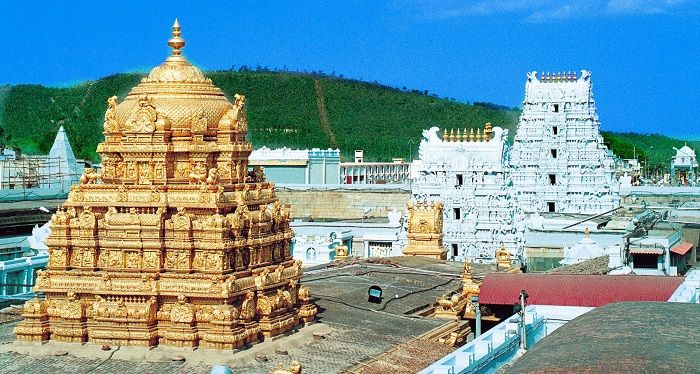
SOMNATH TEMPLE
The Somanath temple (IAST: somanātha) or Deo Patan, is a Hindu temple located in Prabhas Patan, Veraval in Gujarat, India. It is one of the most sacred pilgrimage sites for Hindus and is the first among the twelve jyotirlinga shrines of Shiva It is unclear when the first version of the Somnath temple was built, with estimates varying between the early centuries of the 1st millennium and about the 9th century CE. The temple is not mentioned in the ancient Sanskrit texts of Hinduism; while various texts, including the Mahabharata and Bhagavata Purana, mention a tirtha (pilgrimage site) at Prabhas Patan on the coastline of Saurashtra, where the temple is presently located, there is no evidence that a temple existed at the site in ancient times. The temple was reconstructed several times in the past after repeated destruction by multiple Muslim invaders and rulers, notably starting with an attack by Mahmud Ghazni in the 11th century. In the late 19th and early 20th centuries, historians and archaeologists of the colonial era actively studied the Somnath temple because its ruins showed a historic Hindu temple that was turning into an Islamic mosque. After India’s independence, those ruins were demolished, and the present Somnath temple was reconstructed in the Māru-Gurjara style of Hindu temple architecture. The contemporary Somnath temple’s reconstruction was started under the orders of the first Deputy Prime Minister of India, Vallabhbhai Patel after receiving approval for reconstruction from Mahatma Gandhi. The reconstruction was completed in May 1951, after Gandhi’s death.

Thanks for reading.





